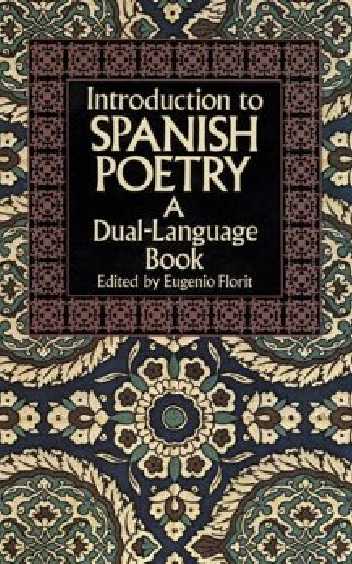4.1.1.15.6 The essay work and literary studies of Eugenio Florit (1903 – 1999)

Eugenio Florit also developed from an early age a career of essays and literary studies that included poets from both the national and Hispanic spheres. In his 1930 study, “On 20th Century Spanish Lyric Poetry,” he expresses not only the influence of this poetry on the cultivation of poetry in America but also the flow that occurred from America to Europe, with the innovative character of Rubén Darío.
Within Spanish poetry, he became interested in the poetry of Juan Ramón Jiménez, with whom he developed a close friendship. He published “The Poetry of Juan Ramón Jiménez” in 1957, a year before the Spanish poet’s death. In this text, he provides a historical and thematic overview of this author’s poetry and its roots in Spanish lyric poetry.
He would give a lecture about Antonio Machado at the Lyceum, which was later published in the magazine of the same name in 1939. In this lecture he takes the opportunity to put forward his thesis of popular poetry, as that which was not for the elites, but neither in the sense of the populace, of a decrease in lyrical height, in which was implicit the thesis that a people was capable of receiving art, of appreciating beauty, without the need for simplifications.
He stated in this text: “Literature and poetry should not have a deliberate popular purpose (…). In my opinion, lyric poetry is on the right path when it does not try to become an instrument of combat in favor of a certain social doctrine.”
At the time of the lecture, Spain was in the grip of the Civil War, and Florit lamented the plight of the people, while expressing admiration for Antonio Machado and his elevated way of reaching the general public, not because he intended to do so, but because of his own native roots, the authentic collective vibration of his poetry.
Cuba and Cubans were a frequent theme of his speeches and essays. In “On Cuba,” from 1933, he explores the nation’s colonial roots and refers to the tutelage exercised by the United States, although he fails to penetrate its root cause of imperialist domination. The text conveys the interpretation that the nation’s destiny was about to change; however, the revolutionary impetus of this period was thwarted by the same old political maneuvers.
He was interested in the poetry of Regino Pedroso, Nicolás Guillén and other Cuban poets, among others, and he paid special attention to José Martí, evident in these words that he dedicated to him in the year of his centenary in the magazine “Orígenes”: “From the dawn of his letter until the last of his verses, Martí travels that coming and going from earth to sky and back and forth, up and down. A shuttle that weaves wings and roots with its yokes and stars. Few poets, like him, can plunge us headfirst, can throw us suddenly, can push us and hoist us! into the sea of wonder.”
Florit published texts in a variety of magazines and newspapers, including Social, Revista de Avance, Lyceum, Revista Cubana, Orígenes, La Gaceta Literaria (Madrid), Revista Hispánica Moderna (New York), among others. He also devoted himself to the study of North American literature, and for this purpose translated the “Anthology of Contemporary North American Poetry.”
4.1.1.16 Poetic life of Dulce María Loynaz (1903 -1997)








